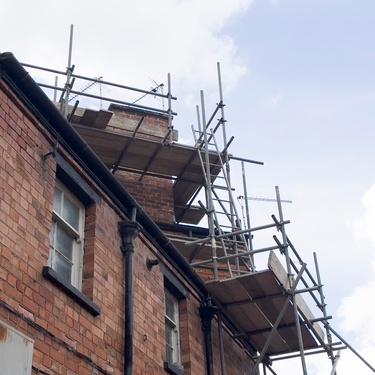
Submitting a request for quote (RFQ) is about more than just pricing. It’s your opportunity to define the scope, expectations, and outcomes clearly. But missing or vague information can lead to inflated costs, long lead times, or quotes that fail to meet functional requirements.
If you want to avoid misunderstandings, there are a few key things to lock down before you hit send. Here are six questions to ask before submitting a fabrication RFQ.
1. What Materials Are Required?
Specifying material type isn’t enough. Be sure to include the exact grade, such as 304 stainless steel or 6061-T6 aluminum, and the corresponding thickness. Material selection has a significant impact on machining difficulty, lead times, and weldability compatibility.
You’ll also want to clarify if domestic sourcing or DFARS compliance is necessary. If substitutions are acceptable, state this upfront to avoid back-and-forth later.
2. What Are the Tolerances?
Tight tolerances add complexity and cost, but failing to specify any at all can leave you with a part that doesn’t fit or function. List dimensional tolerances using measurable figures, such as ±0.005 inches.
When certain features or holes require precision, be sure to mark those areas specifically. Don’t assume the fabricator knows which areas matter most to your design.
3. Is Surface Finishing Required?
Surface treatments influence both performance and aesthetics. If your parts require powder-coating, anodizing, or painting, make sure the finish type and color code are listed.
There are several advantages to powder-coating metal parts, including durability, application speed, and a clean, professional appearance. It’s also one of the more eco-friendly finishing methods, which might be an important factor for certain buyers.
4. How Will the Parts Be Used?
End-use information can steer how a fabricator approaches the job. Structural components for outdoor applications may need heavier welds, rust-resistant coatings, or thicker material gauges.
If the parts are purely cosmetic or will remain indoors, the production method and finishing choices may be more flexible and cost-effective.
5. What’s the Delivery Timeline?
Lead times closely connect to material availability, shop capacity, and finishing requirements. Be specific. For example, “15 business days from PO receipt” is much more helpful than “ASAP.”
Make sure to account for the time needed to review drawings, order materials, complete finishing, and package the final product. Rushed jobs often come with a premium.
6. Are Drawings and Specs Complete?
Before you submit your RFQ, confirm that all documentation is accurate and up to date. That includes 2D drawings, 3D CAD files, and any revision notes.
Missing or outdated files are one of the most common reasons for quote delays. Double-check that your drawings match your written requirements.
More Than a Quote
When you review these six questions to ask before submitting a fabrication RFQ, it’s easy to understand how clear communication leads to better outcomes. A few extra minutes of preparation can prevent weeks of confusion, costly revisions, and missed deadlines.
Bio: Casey is a passionate copyeditor highly motivated to provide compelling SEO content in the digital marketing space. Her expertise includes a vast range of industries from highly technical, consumer, and lifestyle-based, with an emphasis on attention to detail and readability.




















